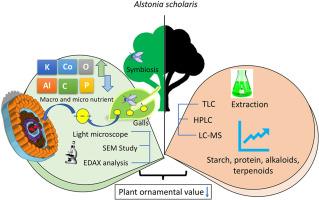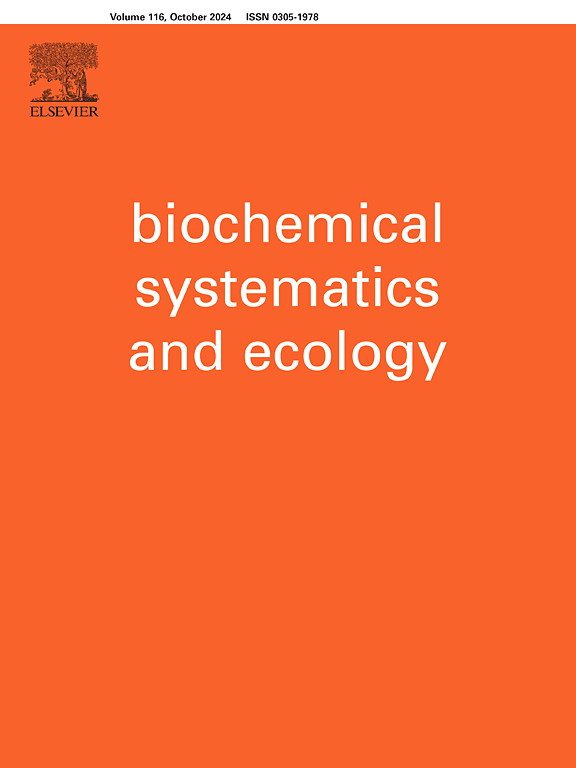Comparative analysis of foliar galls and ungalled leaves of Alstonia scholaris with a focus on tissue ultrastructure and phytochemistry
Abstract
Plant-insect interactions where the insect changes the course of host-plant growth by building a new structure called as a “gall” to protect and nourish the growing insect continue to fascinate scientists. Alstonia scholaris, a medicinal plant extensively used in Indian Traditional Medicine has shown to have such interactions with insect Pauropsylla tuberculata Crawford producing numerous galls on the plant leaves. This intricate and poorly understood natural relationship demands further investigation to unravel the distinctions between gall tissue and unaffected leaves. We examined the tissue ultrastructure by scanning electron microscope (SEM) and phytochemistry by thin layer chromatography and liquid chromatography - high resolution mass spectrometry to understand variations between the gall tissues and ungalled leaves of A. scholaris. The data showed dense population of sclereids in the gall tissues in addition to parenchyma cells. The concentration of aluminium, phosphorus and carbon were found to be reduced in the galls while cobalt and oxygen were increased. The SEM images gives insight into the ecological relationship between these species. The phytochemical analysis indicated not only enrichment of alkaloids and terpenoids in the gall tissues but also observed several novel peaks with unreported masses indicating a potential reservoir of bioactive phytochemicals.


 求助内容:
求助内容: 应助结果提醒方式:
应助结果提醒方式:


